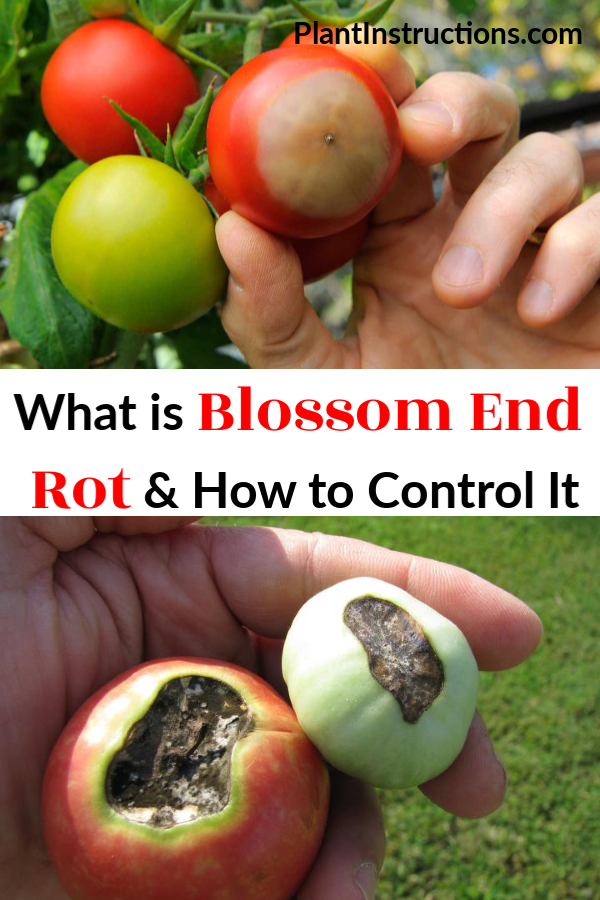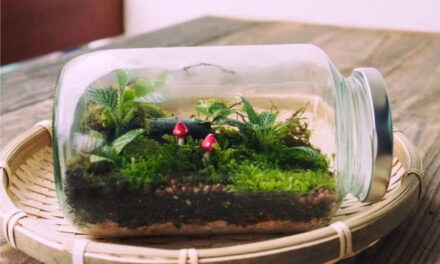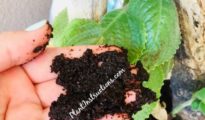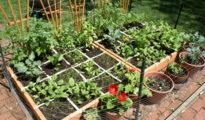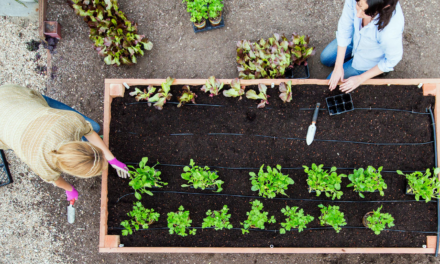So what is blossom end rot? Blossom end rot is a common problem for tomatoes, eggplants, peppers, and squash where the bottom end of the fruit literally rots. This is caused by a low concentration of calcium in the fruit, and this usually happens when there is a big fluctuation in moisture.
Alternatively, blossom end rot can also occur as a result of too much nitrogen fertilizer, high salt levels in the soil, or even root damage during time of planting. A lot of times, especially for tomatoes, blossom end rot can occur during the first year of planting, but, with a little know how CAN be controlled! Keep reading to find out how to control blossom end rot!
What is Blossom End Rot & How to Control It
Identifying Blossom End Rot:
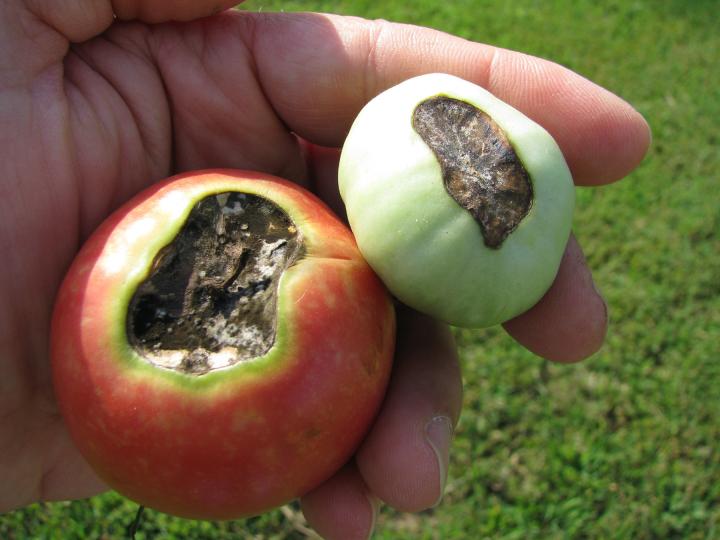
For the most part, blossom end rot will occur while the fruit is still green or just starting to ripen. As you can see in the image, this occurs at the bottom of the fruit and will turn into a dark brown/black, leather-like sunken spot.
How to Control Blossom End Rot:
Unfortunately, once the rot sets in, there is not too much to be done except to remove the affected fruit. After removing the affected fruit, apply a liquid calcium fertilizer.
How to Prevent Blossom End Rot:
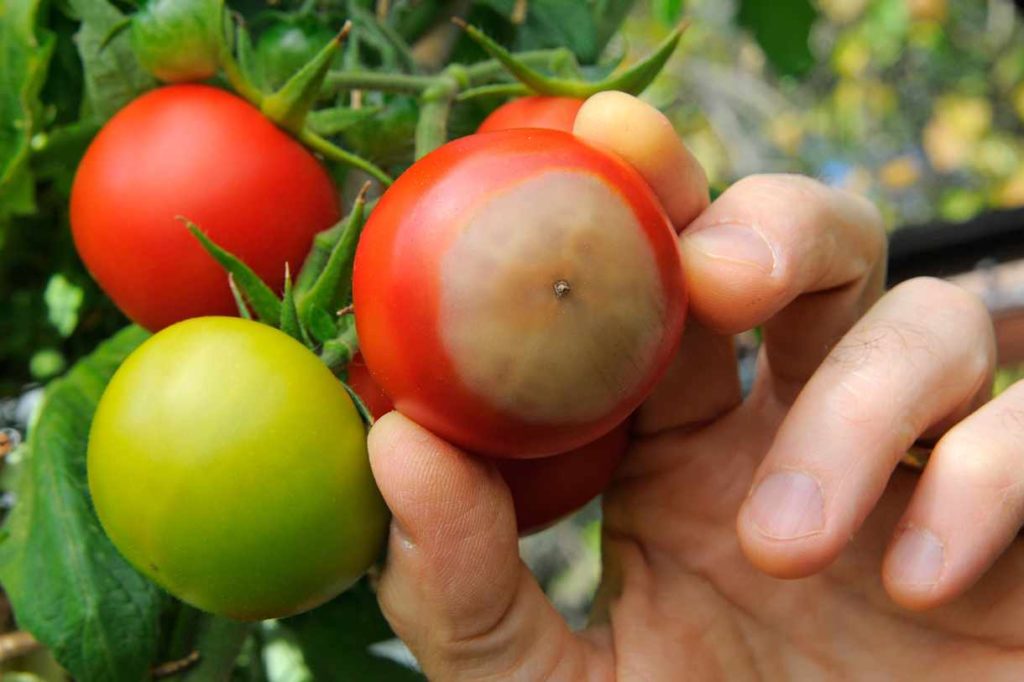
- In order to prevent blossom end rot in the first place, it's important to prepare the soil, and ensure that the pH is around 6.5.
- Fortify the soil with calcium rich amendments during the time of planting, such as broken up eggshells, gypsum, or bone meal.
- Since moisture is a big thing when it comes to blossom end rot, it's important to maintain an even, uniform supply of moisture.
- Do this by mulching around the plants, and giving them a regular supply of water.
- Do not cultivate or disturb the soil near the plants.
- Do not fertilizer during early fruiting as this may encourage blossom end rot.
- Stake tomato plants early in the growing season.
Like this post? Share, Pin, and Comment Below 🙂
